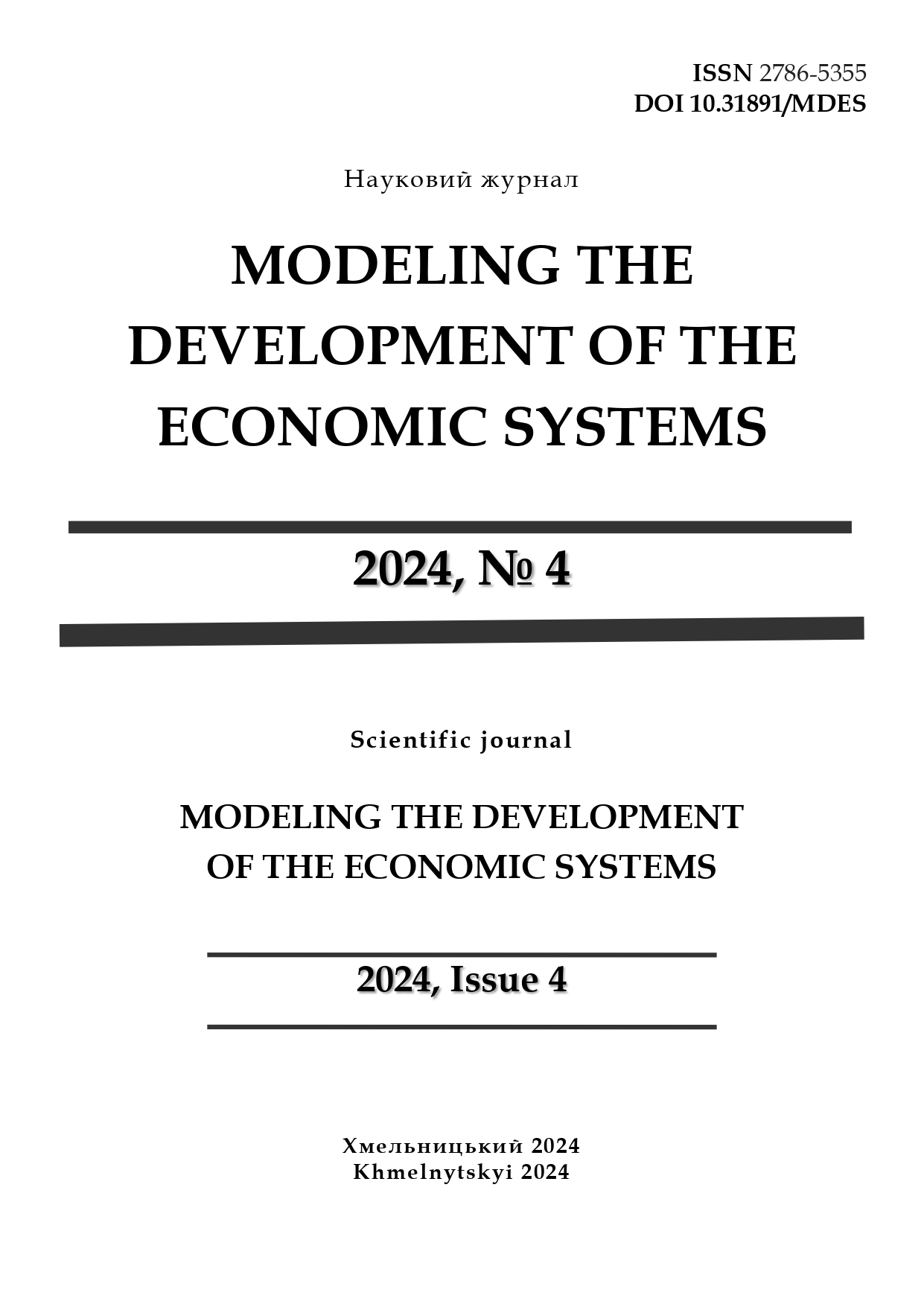MANAGING THE COMPETITIVE POTENTIAL OF AN ENTERPRISE IN THE CONDITIONS OF EXTERNAL ENVIRONMENT DE-STABILIZATION
DOI:
https://doi.org/10.31891/mdes/2024-14-30Keywords:
competitive potential, managing competitive potential, components of competitive potential, process of managing competitive potential, operational environmentAbstract
The article examines the key components of an enterprise's competitive potential as an essential element of strategic management. The theoretical foundations of competitive potential formation, its structural components, and the factors determining the enterprise's ability to adapt to changes in the market environment are considered. The main approaches to managing competitive potential, such as resource-based, competence-based, innovation-based, strategic, market-based, and information-based, are analyzed, with emphasis on their role in enhancing competitiveness.
The article highlights the interconnections between the key components of competitive potential: production, innovation, information, marketing, labor, managerial, and financial potentials. Special attention is paid to their integration and harmonious development as a condition for achieving long-term competitive advantages. The author emphasizes the importance of effective resource management, the use of innovative technologies, and strategic planning in creating stable market positions.
The article also explores the environment surrounding the enterprise, which consists of the task/decision environment (a part of the external environment that directly affects the enterprise’s operations) and the external environment (comprising factors beyond the enterprise's direct control but still significantly influencing its activities). The approaches to managing the enterprise’s competitive potential, including resource-based, competence-based, innovation-based, system-based, strategic, market-based (marketing), information-based, etc., are analyzed. The process of managing competitive potential, starting from analysis and planning and ending with monitoring and adjustments, is outlined.




